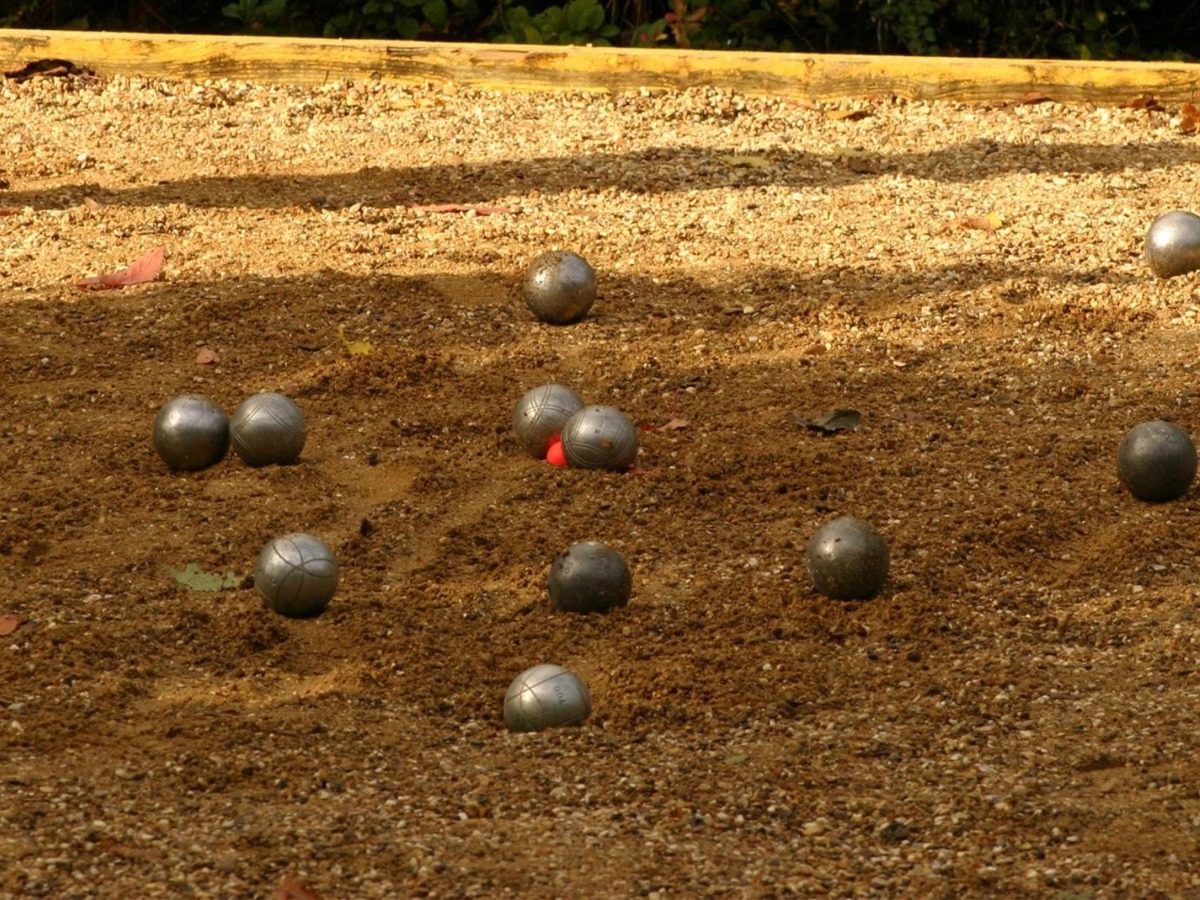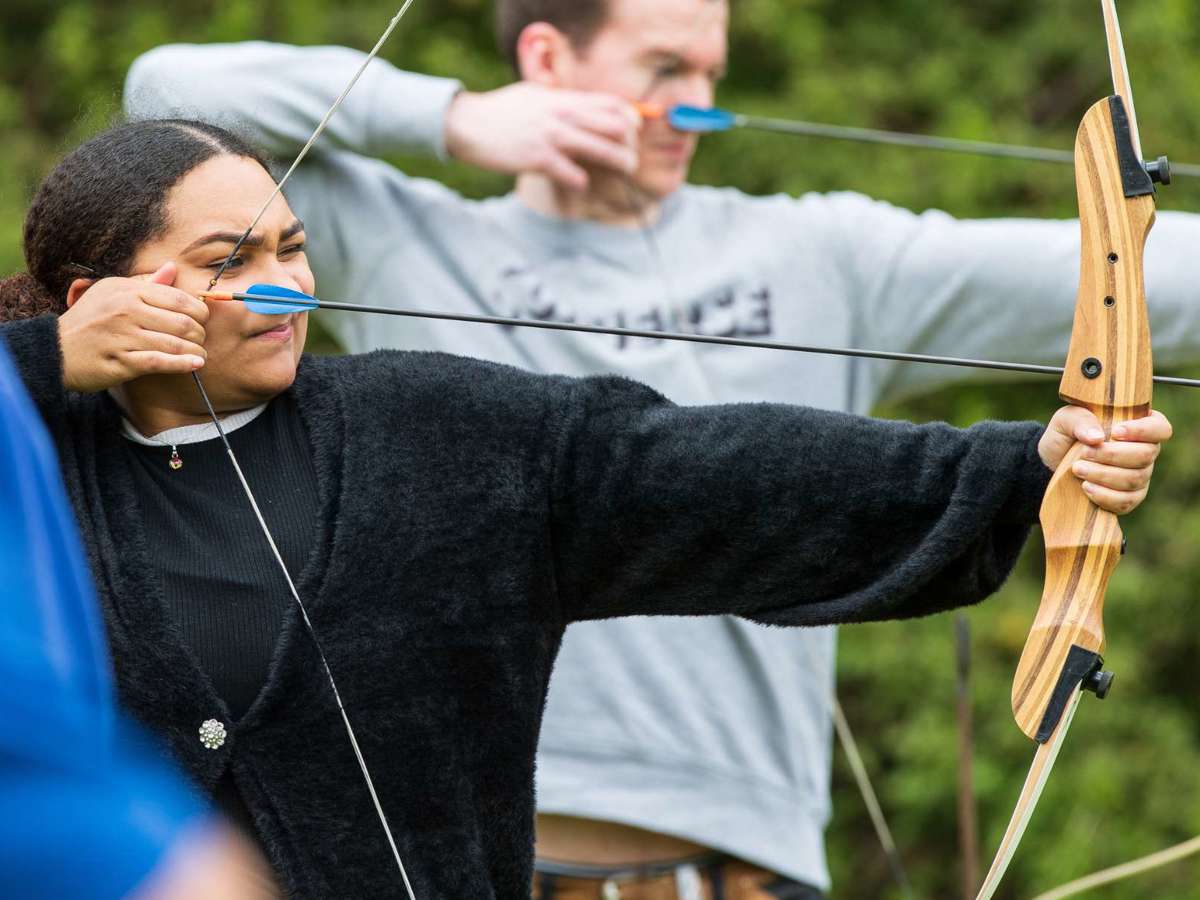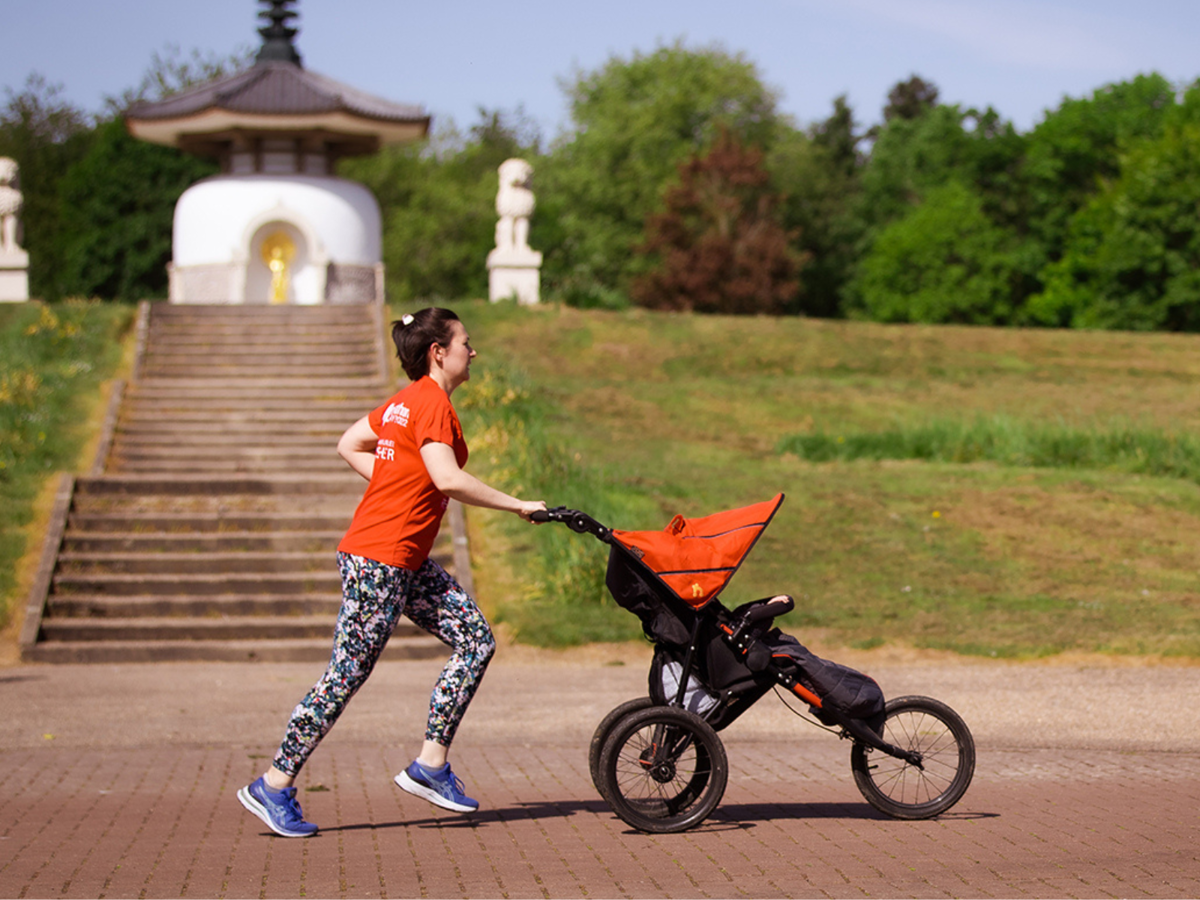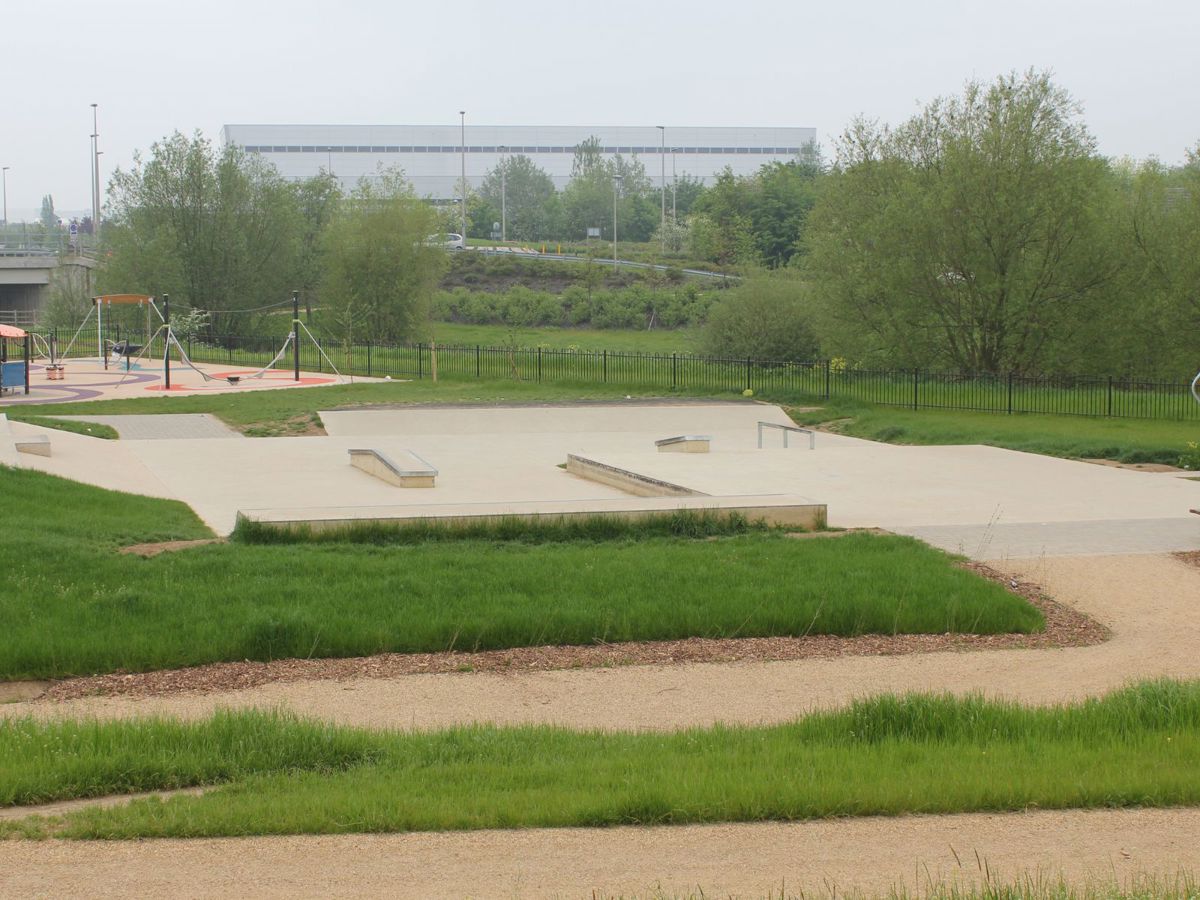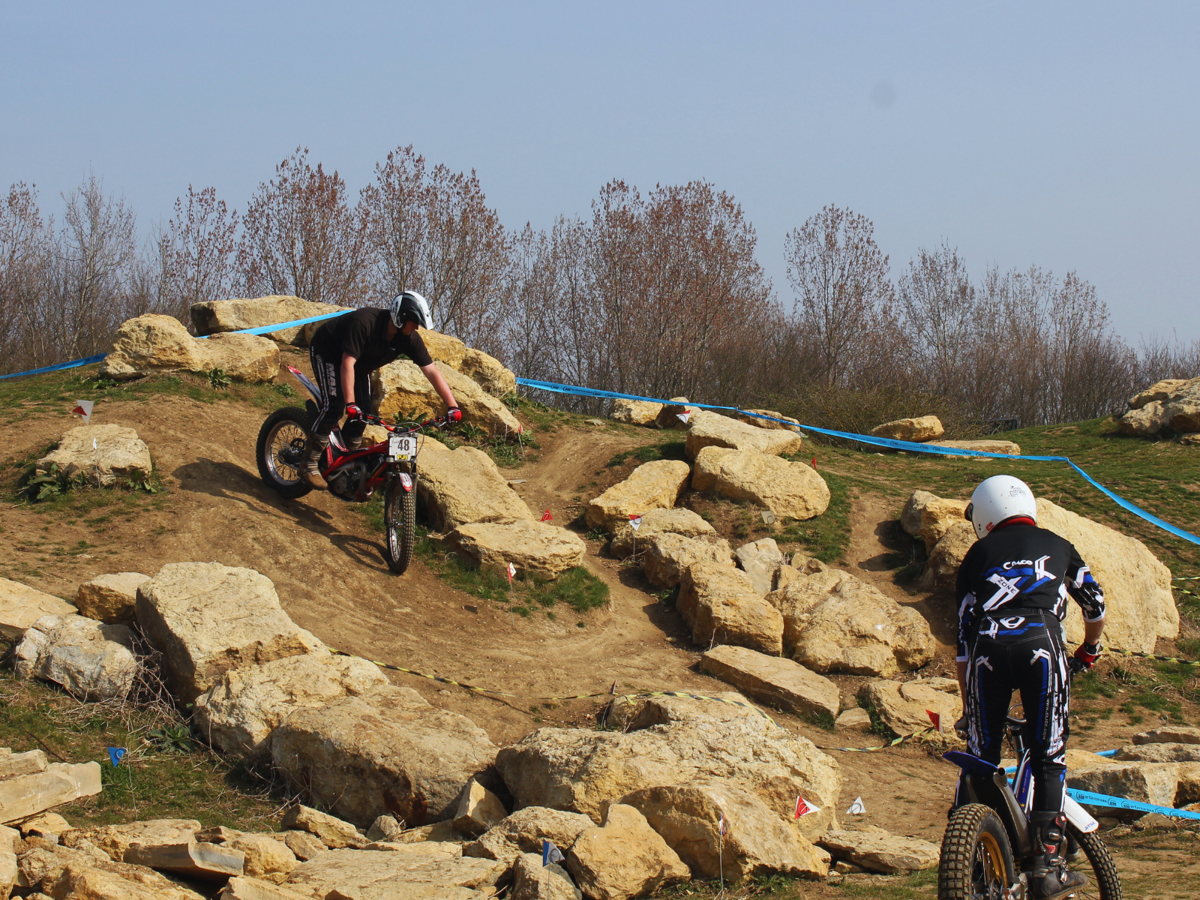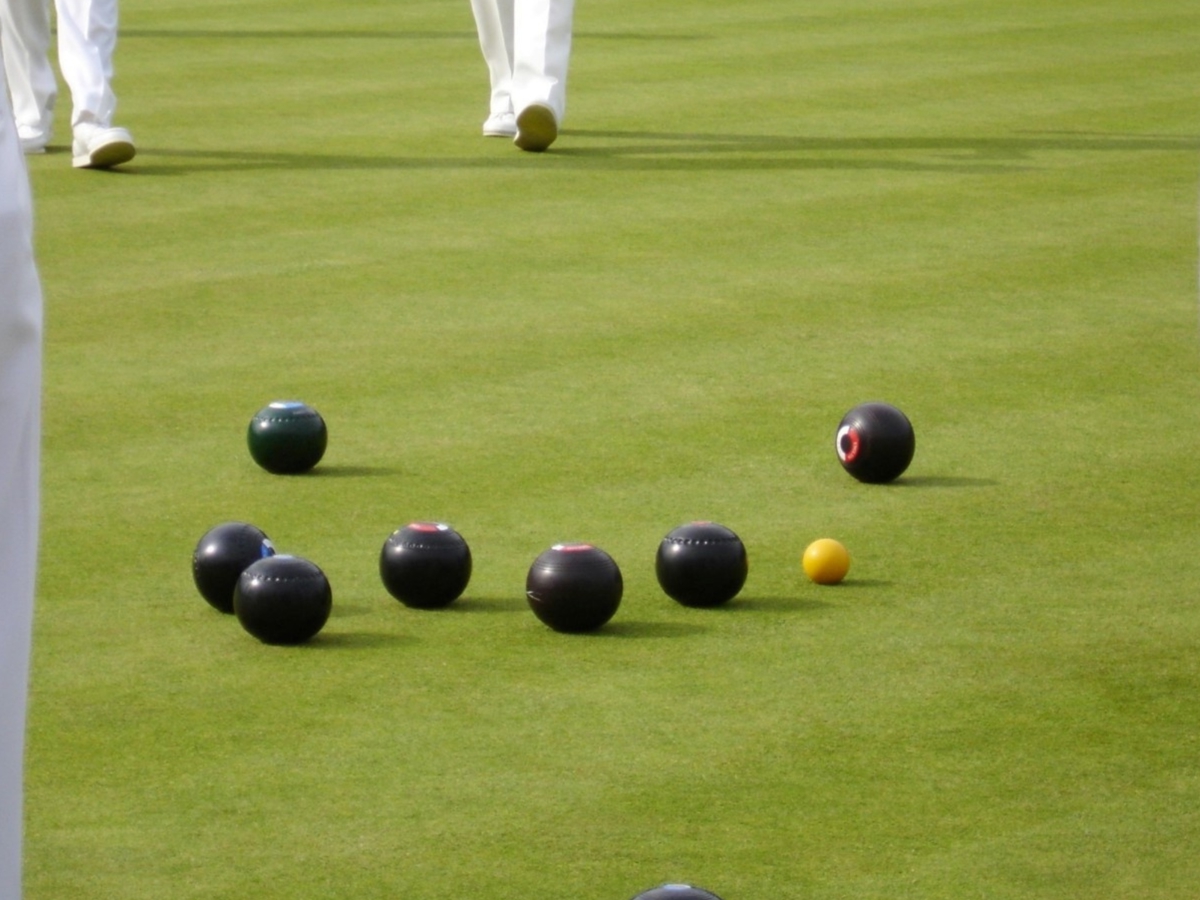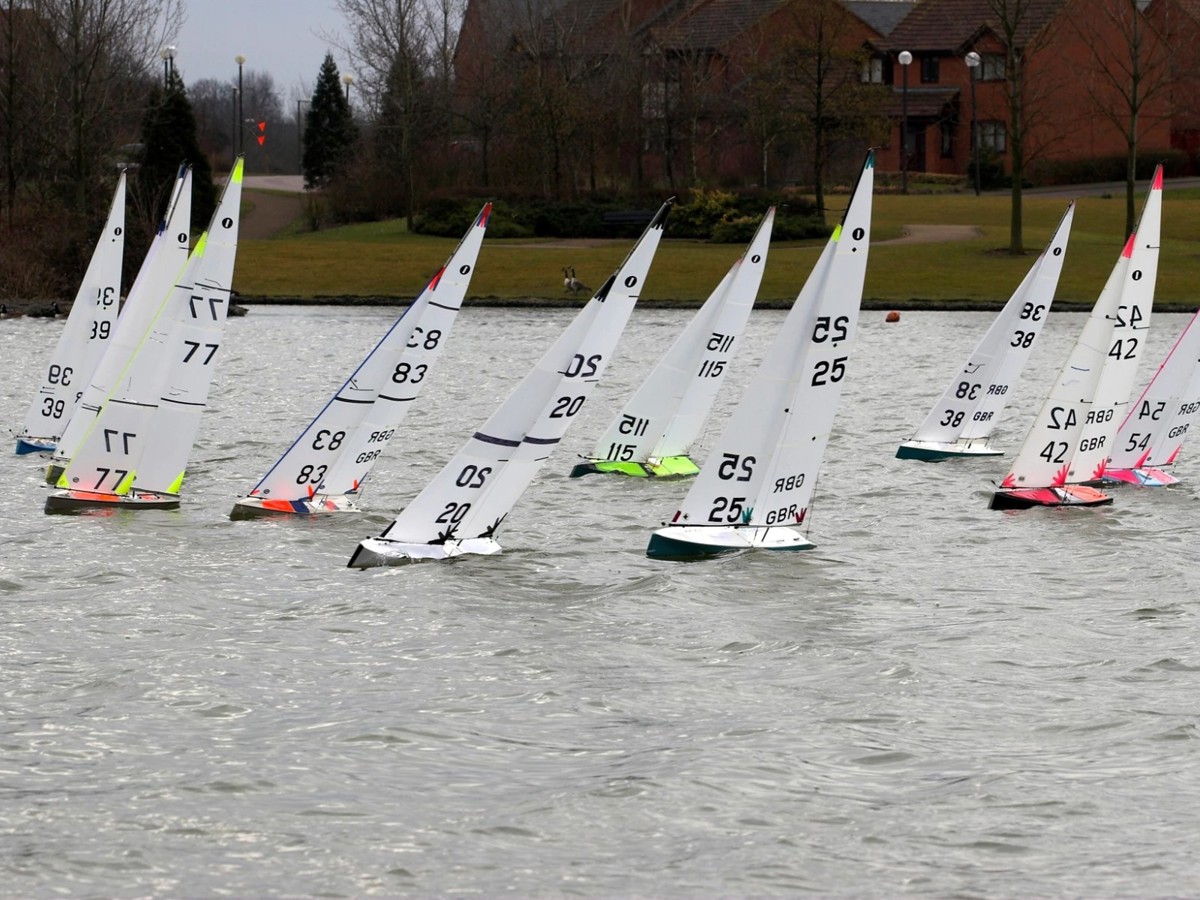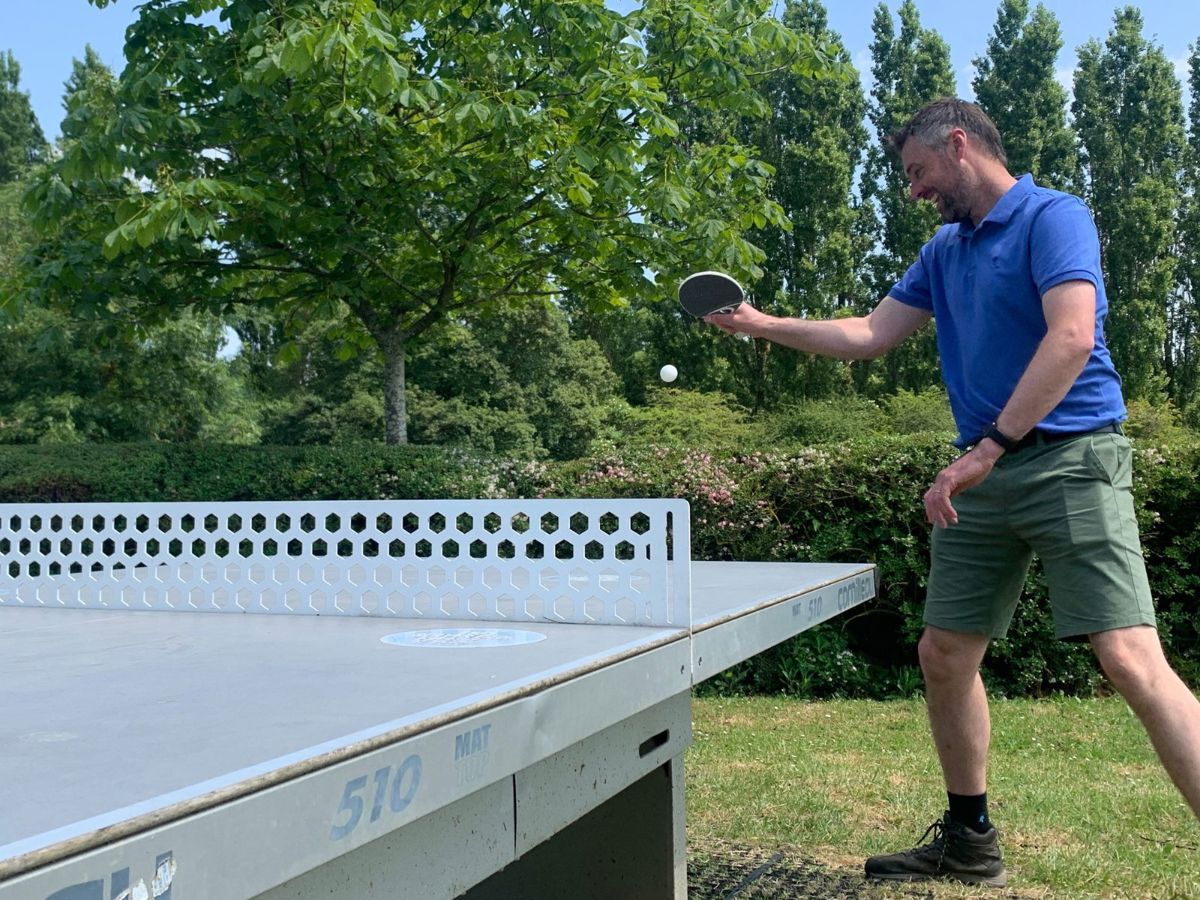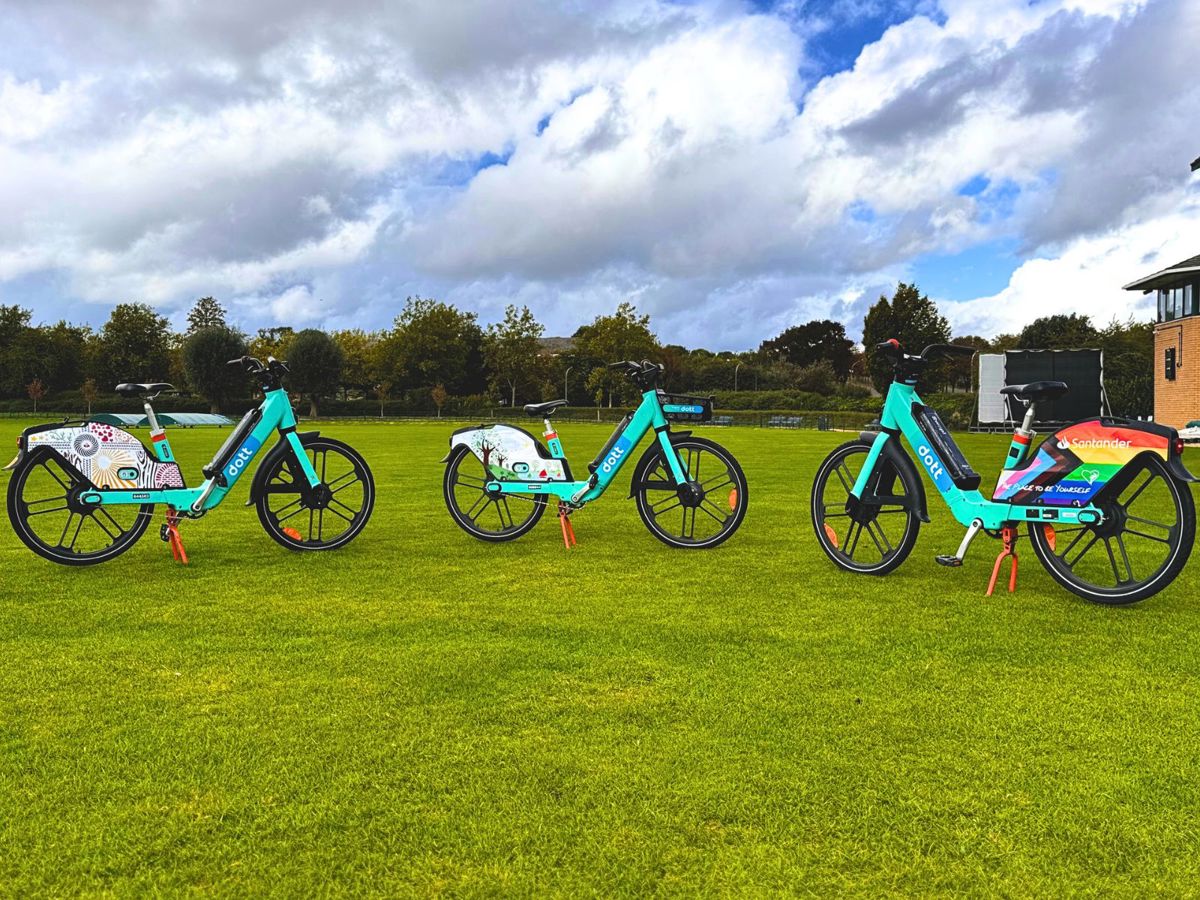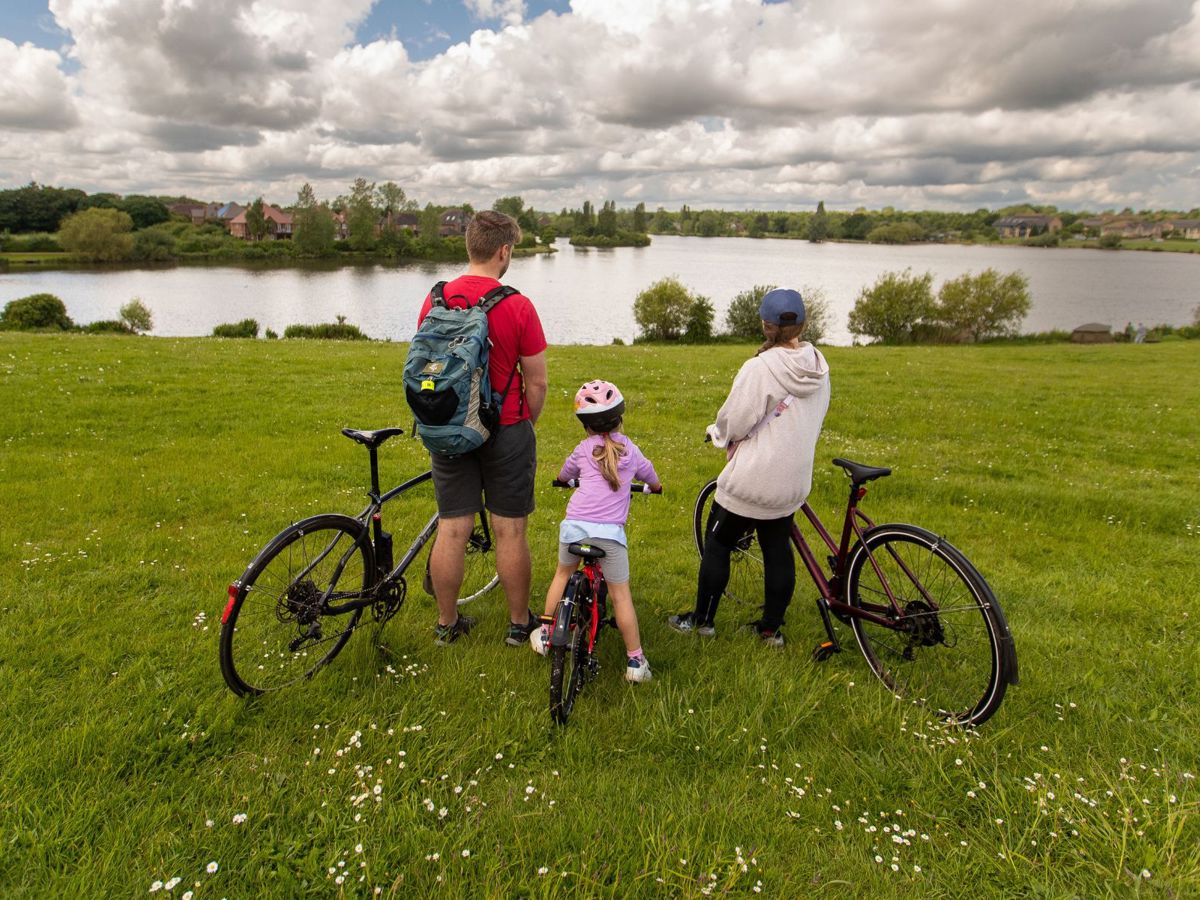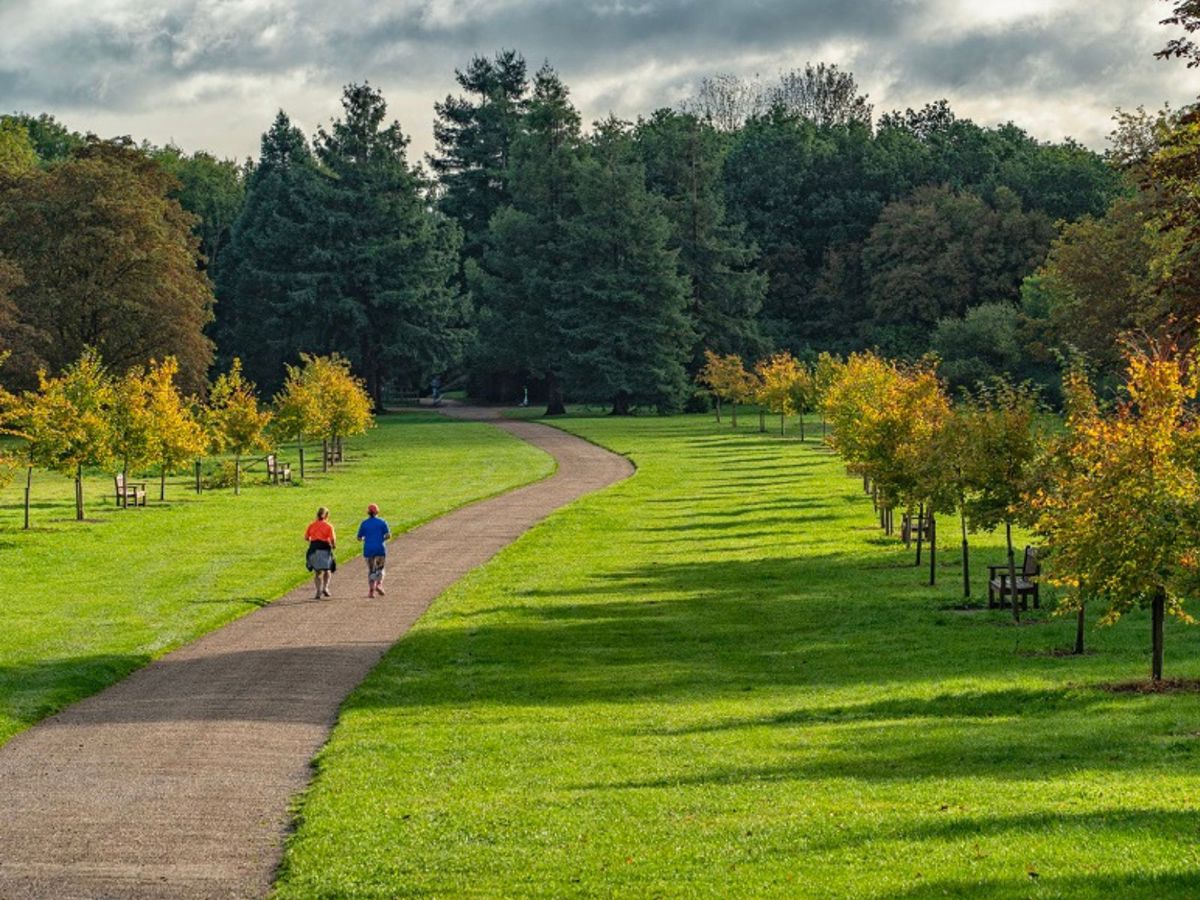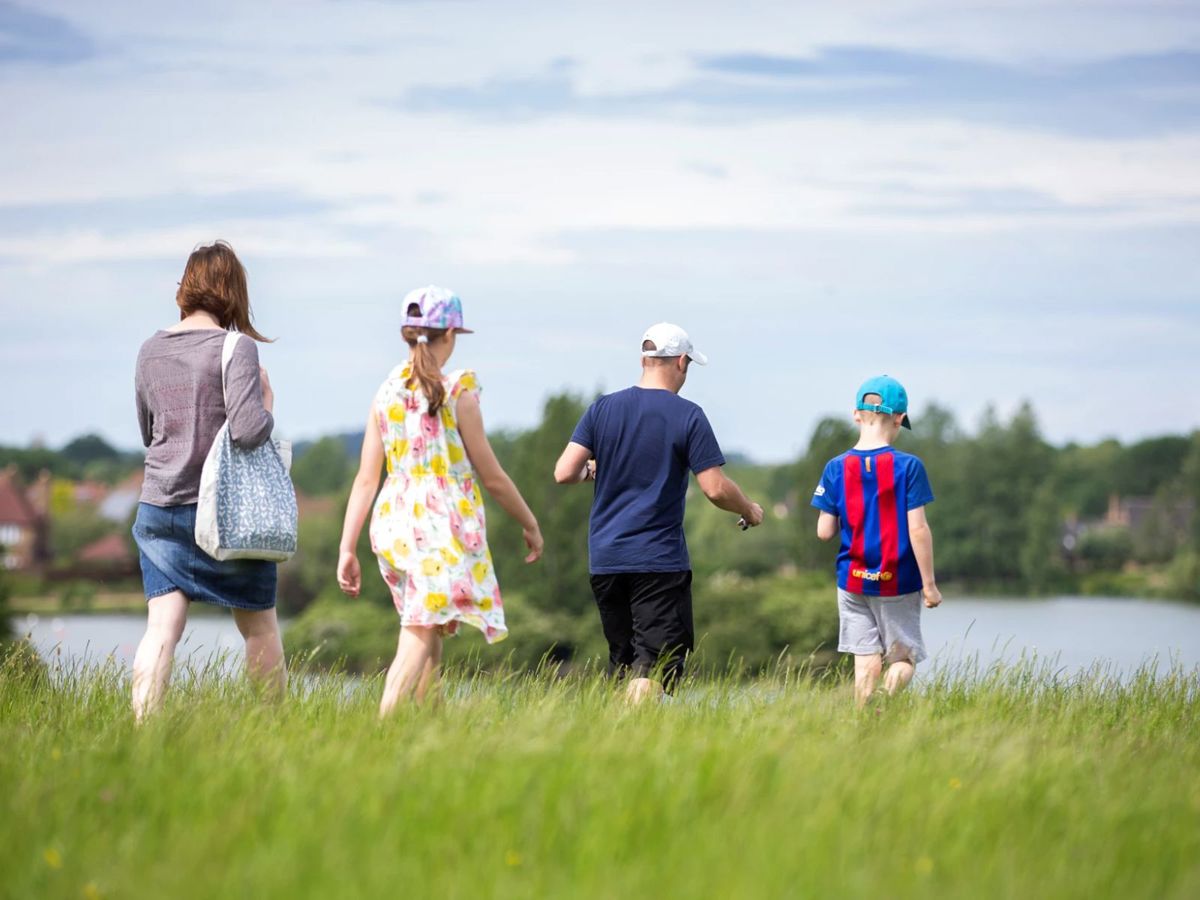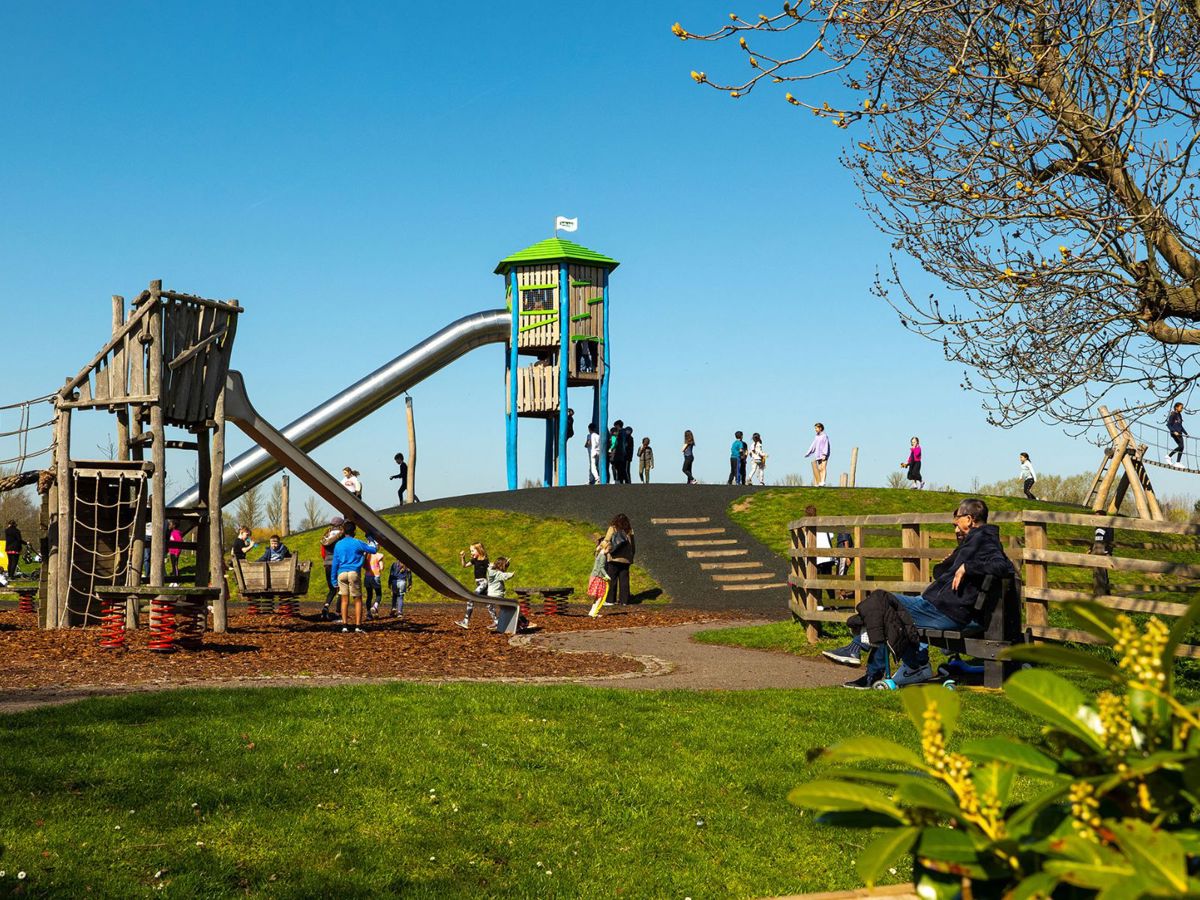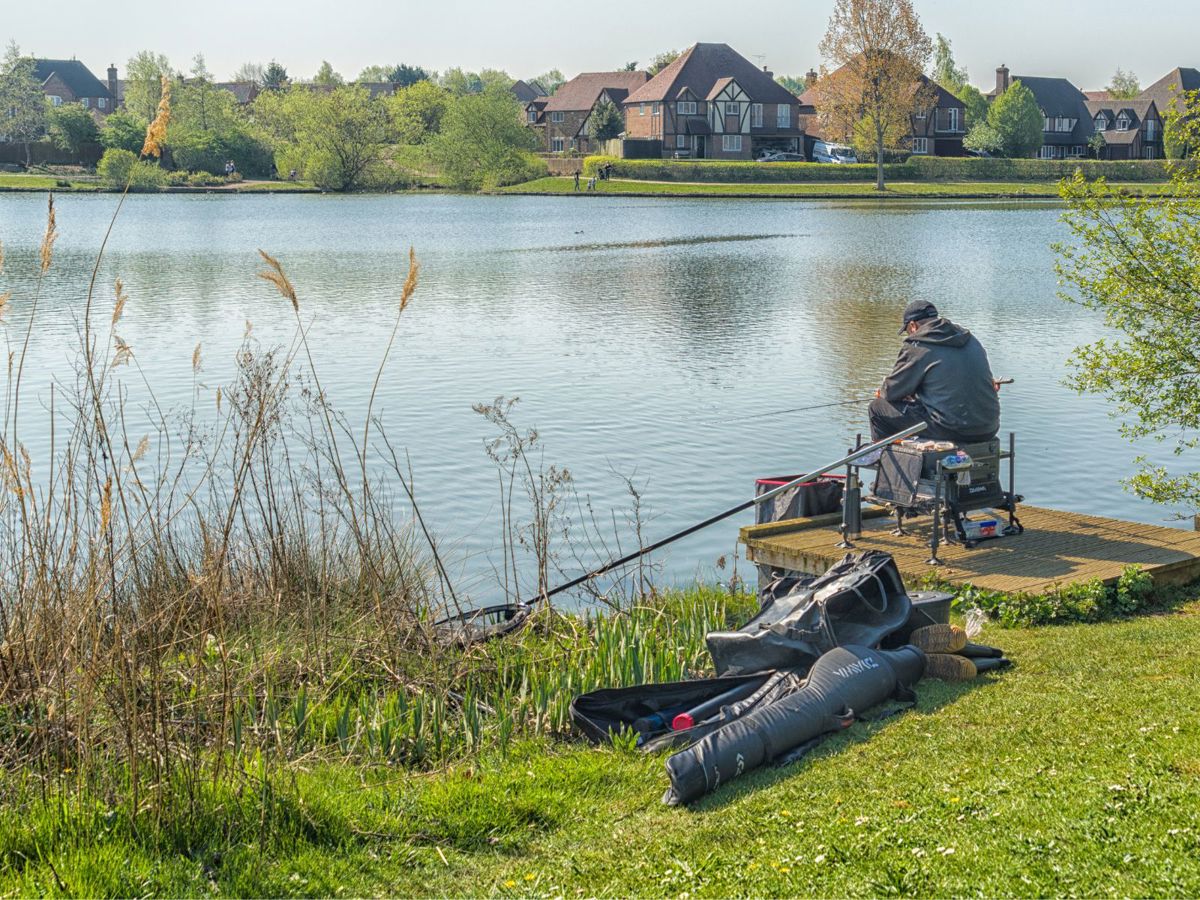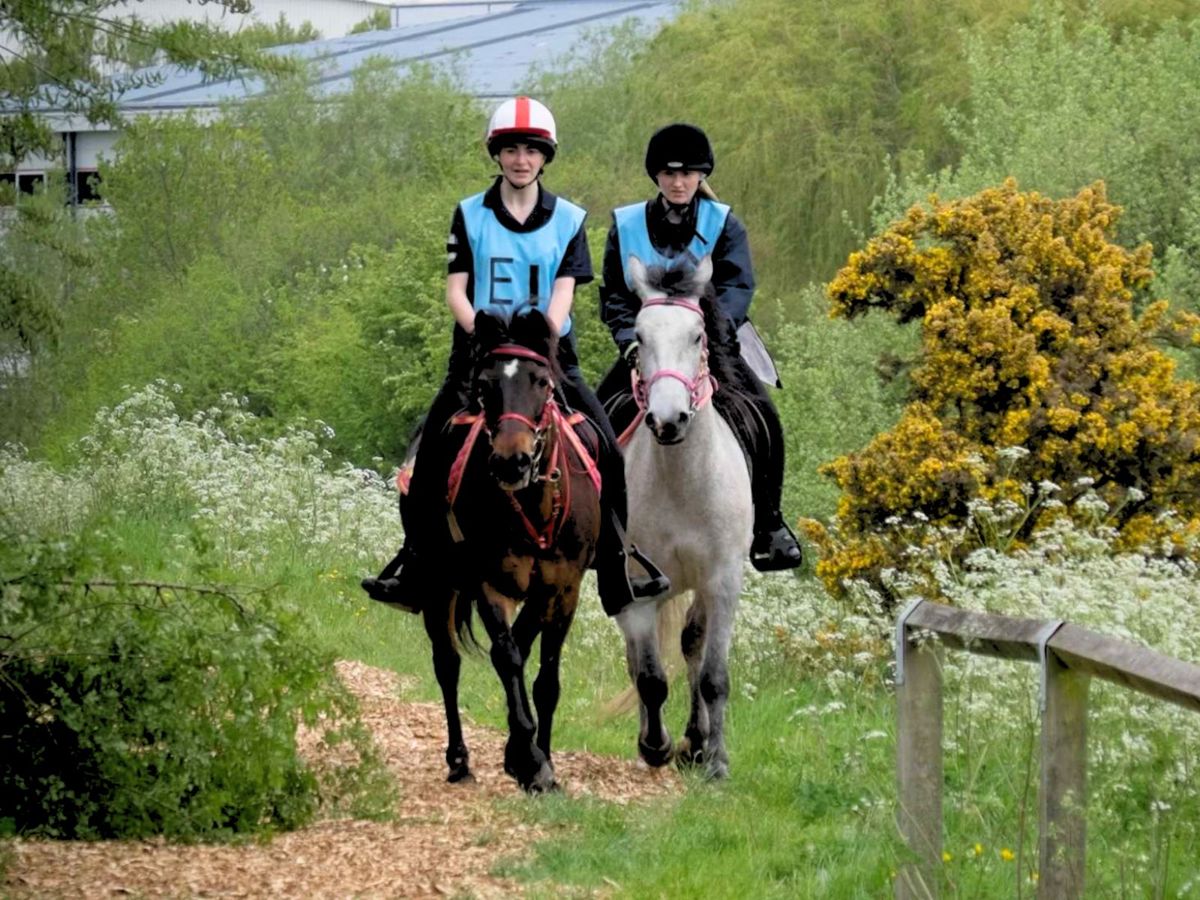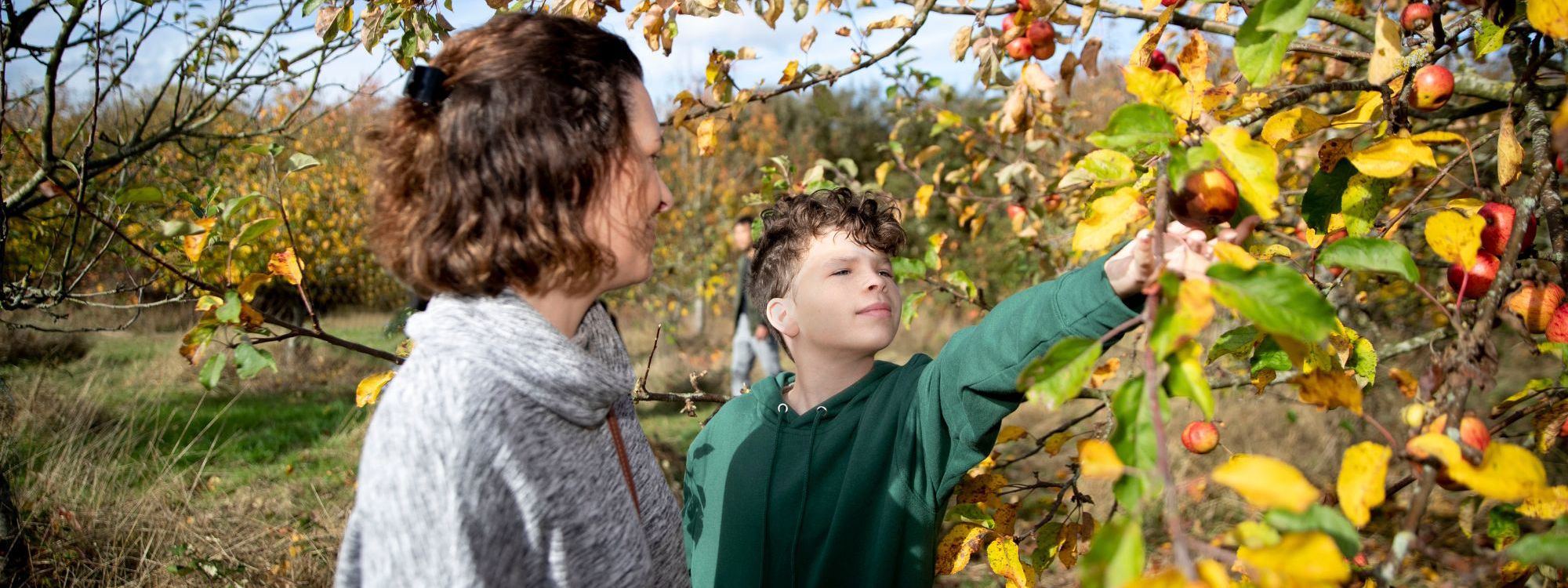
Explore Milton Keynes community orchards with fruit picking! Enjoy healthy snacks and learn something new in the parks.
Community orchards
We are lucky to have many orchards across Milton Keynes. They help support biodiversity in our parks, provide a place for quiet contemplation, and provide healthy snacks for local residents. Community Orchards also provide people with an opportunity to learn about their food and encourage them to grow their own produce. You are very welcome to help yourself to the fruit in the orchards cared for by The Parks Trust, but please only take what you need so wildlife and other members of the community can enjoy them too! The fruit is for personal and non-profit use only!
Guide to picking apples
Apples fall to the ground once ripe, so if you see one on the grass that looks fresh, these will be the best ones to eat (although give them a quick wash first). Some apples may have a grub in them, but these can be cut out, and the rest of the fruit will be fine to consume. Most of the apples can still be eaten straight from the tree and can also be used to make cider and apple juice. Smaller, brighter apples tend to ripen earliest (the colour attracts the birds and helps with seed dispersal), whereas large apples with thick skins will stay on the ground over Winter. Cooking apples tend to be bigger and sour in the Autumn, but turn sweeter over the Winter and can be eaten as late as the following Spring if kept in a cool, dark place. To learn how to identify apples, we would recommend fruitID's online guide.
Never climb an apple tree. The branches are fragile and the extra weight can damage the tree.
What other fruits can I pick?
Milton Keynes is also home to several pear, plum, and cherry trees, and damson, and blackberry bushes. As with any fruit picking, you must be confident in identifying them before eating as some berries are poisonous.
Where can I find the orchards?
Our largest community orchard can be found at Woughton on the Green at What3Words location rooms.sculpture.toast. It was planted by the Development Corporation (creators of Milton Keynes) along with a charity called Common Ground in 1976, and might be one of the oldest community orchards in the UK. The Parks Trust, together with volunteers from Mid Shires Orchard Group now look after the area. The species of apples that can be found there include Bramley’s Seedling, Cox’s Orange Pippin, Laxton’s Superb, Arthur Turner, Laxton’s Fortune, Golden Delicious and Worcester Pearmain.
There are also orchards at New Bradwell, Great Linford Manor Park, Willen Lake North, Atterbury Park, Peartree Bridge and Middleton. Please see the map below to find their locations. Every year, the Mid Shires Orchard Group and The Parks Trust put on Apple Day - an event originally organised by Common Ground to help raise awareness of local apple varieties and enable access to locally grown food. For more information about activities and how to get involved in caring for the orchard at Woughton on the Green, you can contact the Mid Shire Orchard Group.
Check out the wide variety of activities in the parks including sports, facilities and clubs.

